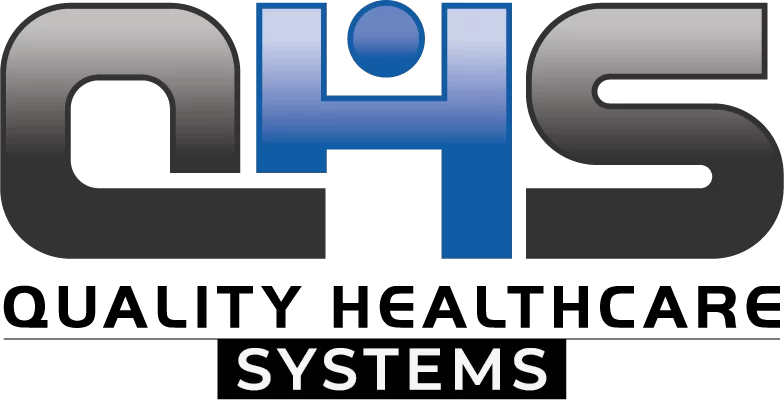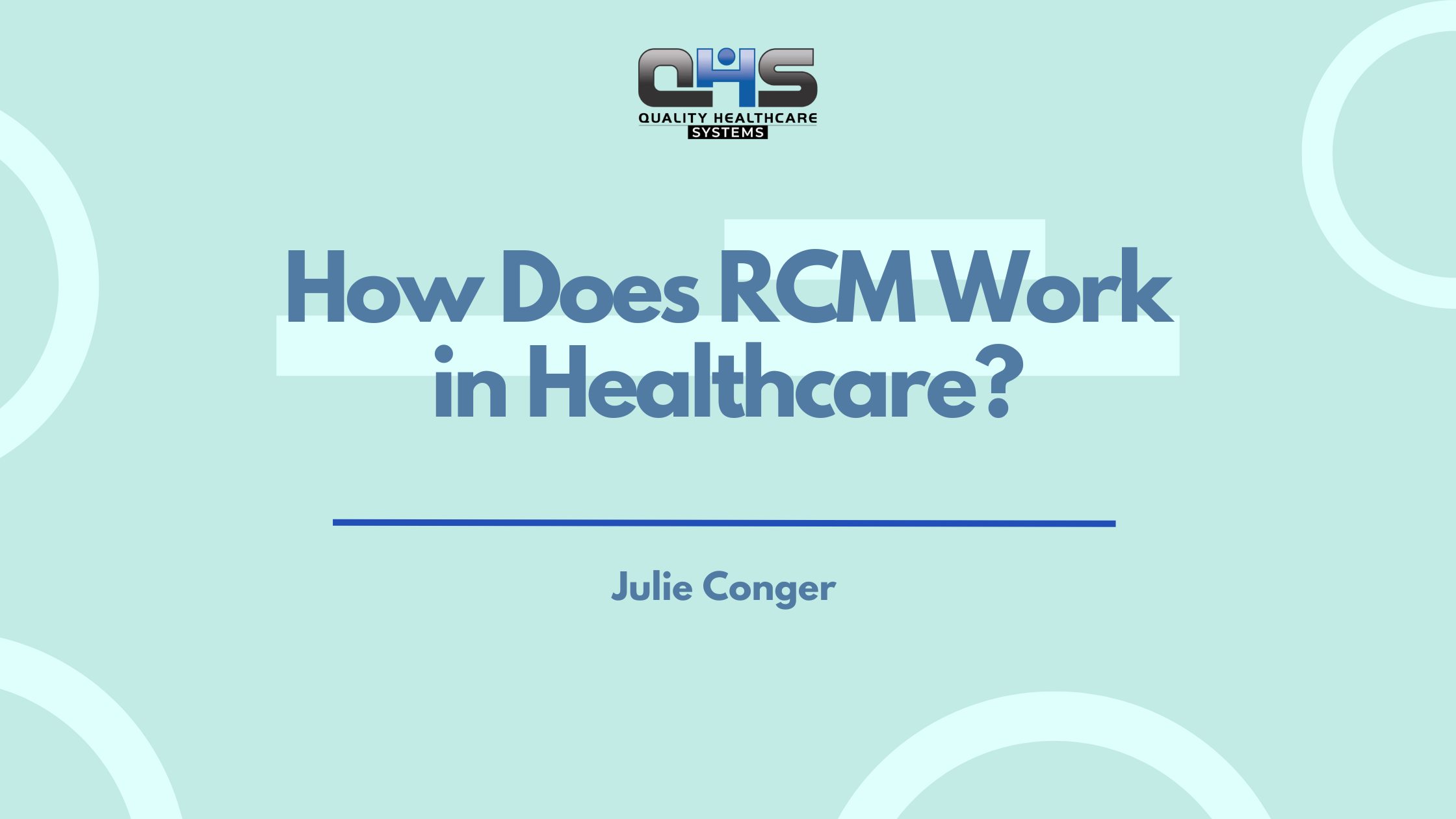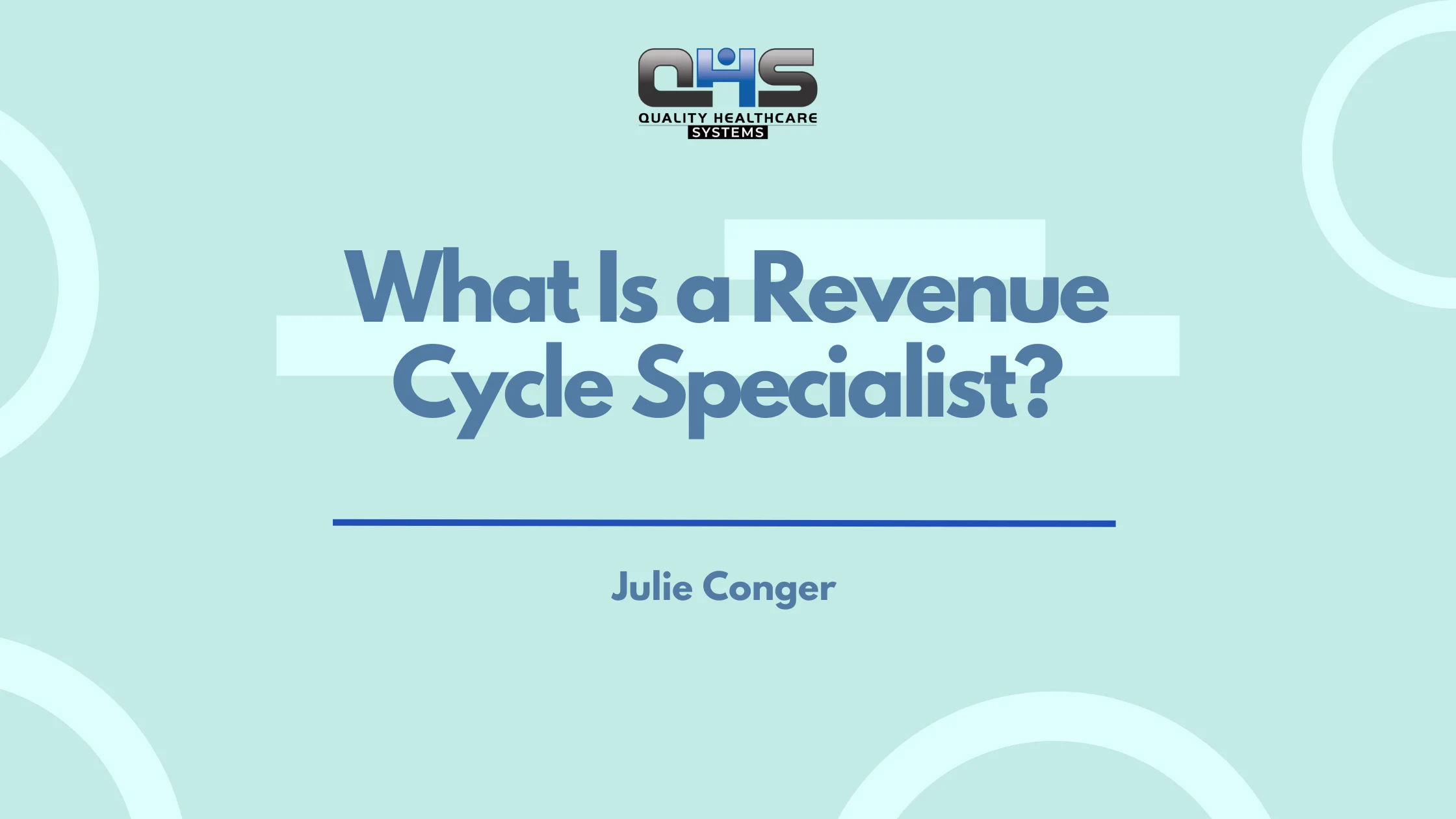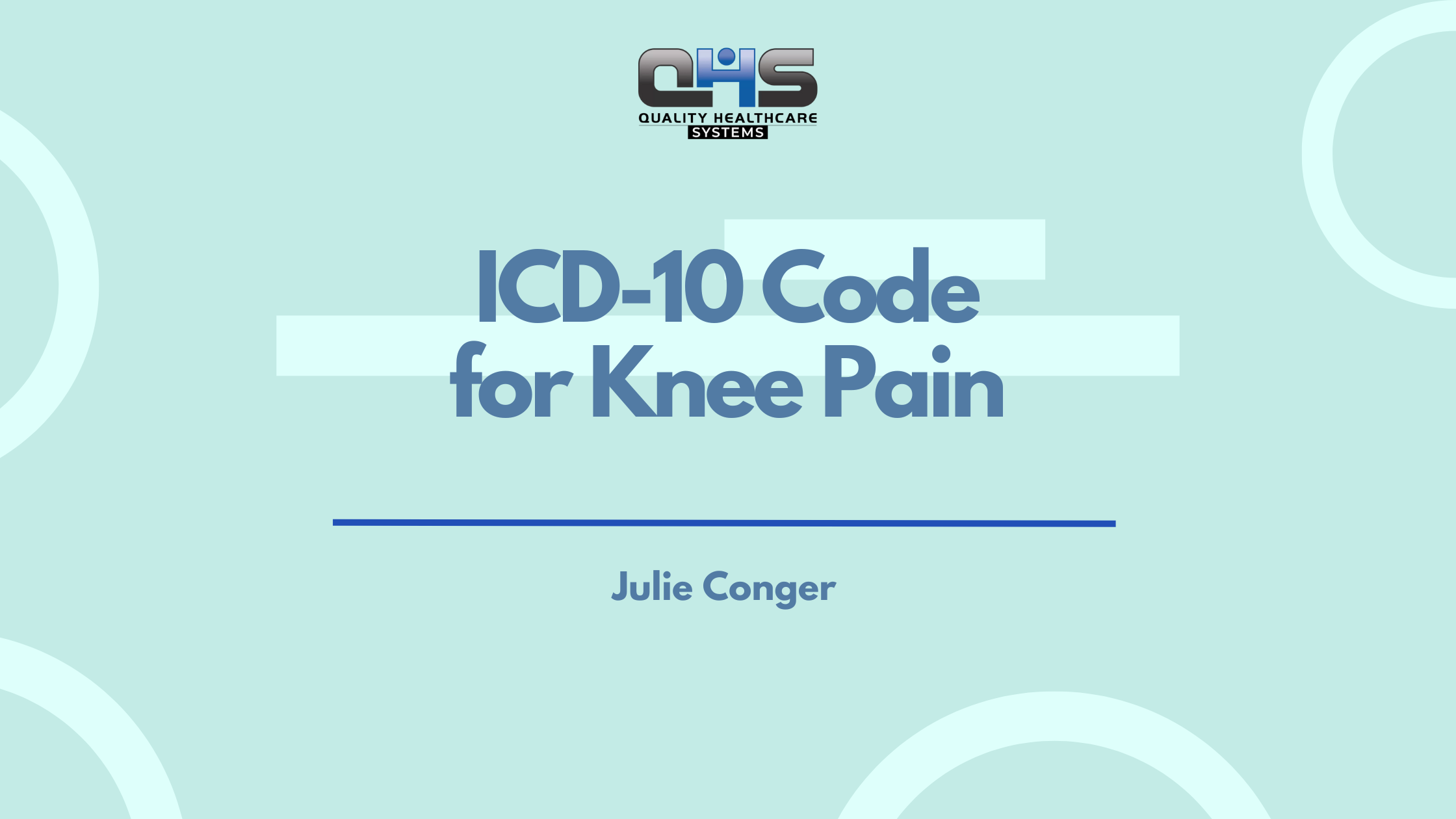Running a healthcare practice means more than just providing great care—it’s about ensuring that your services are properly billed and paid for. That’s where Revenue Cycle Management (RCM) comes in. Think of RCM as the behind-the-scenes process that makes sure you get paid for the care you provide.
From the moment a patient books an appointment to when the final payment is collected, RCM handles all the details. It’s crucial to understand how RCM works because each stage can impact your practice’s cash flow and financial health.
Curious about what happens at each step? Keep reading to learn how mastering the RCM lifecycle can boost your practice’s financial performance and keep your operations running smoothly.
What Is the Definition of Revenue Cycle Management in Healthcare?
Revenue Cycle Management (RCM) in healthcare refers to the administrative and clinical processes used to manage the financial flow of healthcare services. This includes patient registration, insurance verification, medical coding, billing, claims submission, payment processing, and follow-up on outstanding balances. It ensures that healthcare providers are reimbursed for services rendered.
How Does Revenue Cycle Management Contribute to a Practice’s Financial Health?
RCM contributes to a practice’s financial health by streamlining billing processes, reducing claim denials, and speeding up reimbursement cycles. Efficient RCM practices enhance cash flow by minimizing errors in coding and claims submission, ensuring timely payments from insurers and patients. This leads to improved financial stability and growth for healthcare providers.
Why Is RCM Essential for Optimizing Healthcare Revenue and Cash Flow?
RCM is essential for optimizing healthcare revenue by ensuring that every step of the billing process is accurately handled. By efficiently managing claims, verifying insurance, and reducing errors, RCM helps to maximize reimbursement rates, minimize delays, and enhance cash flow. This contributes to sustainable financial performance for healthcare practices.
What Are the Key Phases of the RCM Cycle in Healthcare?
The key phases of the revenue cycle management (RCM) cycle in healthcare include patient scheduling and registration, insurance eligibility verification, medical coding and charge capture, claim submission, payment processing, denial management, patient collections, and reporting.
Each step ensures clean claims, accurate billing, and faster reimbursements—directly impacting a provider’s financial performance.
Success Story: Discover how Medical Home Care Services achieved financial sustainability through tailored billing solutions
1. Patient Scheduling & Registration
RCM starts with patient intake accuracy during the healthcare registration process. Capturing correct patient information—insurance details, demographics, and contact info—avoids downstream errors.
Small mistakes at this stage often lead to claim denials or delayed payments, making training front-desk staff a critical first step in revenue cycle success.
2. Insurance Verification and Eligibility Checks
Real-time insurance verification is essential in the early stages of revenue cycle management. Verifying coverage, copays, and authorization needs before treatment reduces denials and improves billing efficiency. Automated eligibility verification in medical billing ensures accurate payer data and smoother claims processing from the start.
3. Medical Coding and Charge Capture
Accurate medical coding transforms clinical documentation into CPT and ICD-10-compliant claims. This stage in the RCM cycle ensures services are billed correctly, maximizing reimbursement and reducing the risk of compliance audits. Charge capture tools also help avoid missed revenue by ensuring all services are documented and billed.
4. Claim Submission
Electronic claims submission allows providers to send clean claims quickly and efficiently. Claims should be scrubbed using billing tools to catch errors before submission. Following payer-specific formats and submitting claims promptly improves approval rates and reduces the number of rejections.
5. Payment Processing and Reconciliation
After payers respond, payments are posted using ERA to ensure accuracy in medical payment posting. Reconciliation confirms that payments match expected reimbursements. Any mismatches or shortfalls must be addressed quickly to avoid lost revenue and maintain a healthy revenue cycle.
6. Denial Management and Appeals
Medical claim denials require swift denial resolution strategies. Revenue cycle specialists analyze denial trends, correct the underlying issues, and submit appeals if necessary. Staying proactive in managing denials helps practices recover lost revenue and strengthens payer relationships.
7. Patient Billing and Collections
After insurance pays, patients are billed for their portion. Clear medical billing transparency—through easy-to-read statements and online payment portals—improves trust. Offering patient payment plans also increases collection rates while ensuring a positive experience for the patient.
8. Reporting and Revenue Cycle Optimization
Monitoring RCM KPIs through revenue cycle analytics reveals what’s working—and what’s not. Metrics like Clean Claim Rate, Days in AR, and Denial Rate help optimize workflow and improve financial outcomes. Regular reviews of performance data keep your revenue cycle agile and responsive.
How Do the Different Stages of the RCM Cycle Impact Financial Performance?
Each stage of the RCM cycle directly impacts financial performance by ensuring that billing processes are accurate, efficient, and compliant. For example, timely patient registration and accurate coding minimize errors, reducing denials and speeding up claim approvals. This leads to better cash flow, fewer rejected claims, and faster payments from insurers.
What Role Does Each RCM Stage Play in Ensuring Timely Payments and Reimbursements?
Each RCM stage ensures timely payments by focusing on specific tasks. Patient scheduling and registration ensure accurate patient information, insurance verification confirms eligibility, medical coding translates services for billing, and claim submission sends claims to payers. Denial management and AR follow-up resolve issues quickly, ensuring efficient and timely reimbursements.
What Happens During Patient Scheduling and Registration in RCM?
During patient scheduling and registration, accurate demographic and insurance information is collected to ensure proper billing and claim submission. This stage ensures that healthcare providers have the necessary details to verify insurance eligibility, match services to correct codes, and streamline subsequent billing processes, avoiding delays and denials later in the cycle.
Why Is Insurance Eligibility Verification Crucial in Revenue Cycle Management?
Insurance eligibility verification is crucial because it confirms whether a patient’s insurance will cover the cost of their services. This step ensures that claims are submitted to the correct insurer with the appropriate coverage details. Accurate verification reduces the risk of claim rejections, minimizes billing errors, and speeds up payment processing.
How Does Medical Coding and Charge Capture Impact RCM?
Medical coding and charge capture are essential for converting patient services into billable codes for insurance claims. Accurate coding ensures that the healthcare provider is reimbursed for services rendered. Errors in coding or missed charges can lead to claim denials, delayed payments, or underpayment, negatively affecting the provider’s revenue cycle.
What Are the Key Steps in Accurate Claim Submission?
Accurate claim submission involves verifying patient details, ensuring correct medical coding, and submitting claims to the correct insurance providers. Key steps include checking for missing or incorrect information, matching codes to services, and following payer guidelines. A clean, accurate claim submission reduces denials and accelerates the reimbursement process.
How Is Payment Processing Handled in the RCM Cycle?
Payment processing in the RCM cycle involves collecting payments from patients and insurers after claims have been approved. Payments are posted to the patient’s account, and any outstanding balance is determined. Proper payment processing ensures that providers receive reimbursement for their services in a timely manner and helps maintain healthy cash flow.
What Is Denial Management in Revenue Cycle Management?
Denial management is the process of identifying, analyzing, and resolving claims that have been rejected by insurers. This involves reviewing the reason for denial, correcting errors, and resubmitting claims. Effective denial management reduces the number of rejected claims and ensures that the provider receives the full reimbursement owed for services rendered.
How Does AR Follow-Up and Collections Affect Cash Flow?
Accounts receivable (AR) follow-up and collections involve tracking unpaid claims and ensuring that patients or insurers fulfill their financial obligations. Effective AR management accelerates payment timelines, reduces outstanding balances, and prevents cash flow disruptions. Timely follow-up ensures that healthcare providers maintain a steady revenue stream and minimize overdue payments.
Why Is Reporting and Analytics Important in RCM Performance?
Reporting and analytics provide insights into the effectiveness of the RCM process by tracking key metrics such as claim denial rates, AR days, and payment timelines. By analyzing this data, healthcare providers can identify bottlenecks, optimize workflows, and make informed decisions to improve the overall efficiency and financial health of their practice.
| Cardiology Medical Billing 101 |
| Orthopedic Medical Billing 101 |
| Radiology Medical Billing 101 |
| Orthotics Medical Billing 101 |
| Phsycian Medical Billing 101 |




